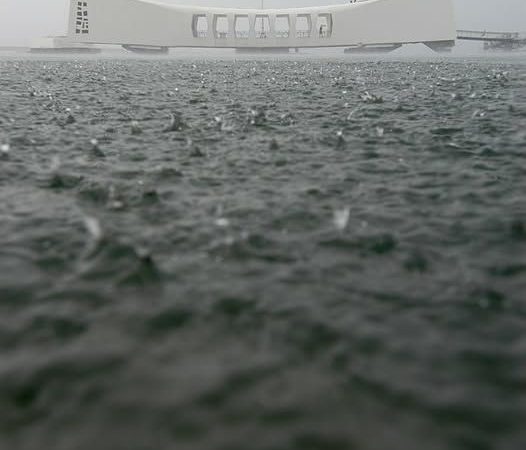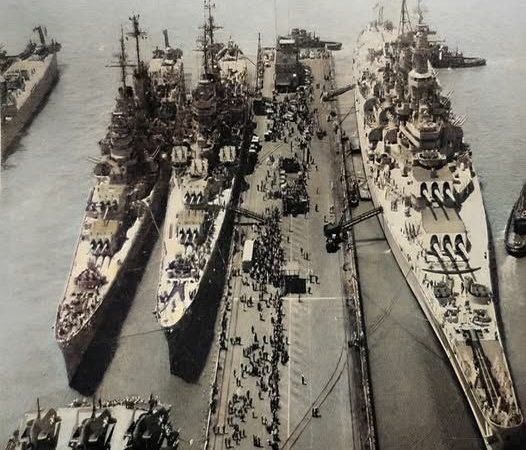Battleship HMS Prince of Wales (53) and Battlecruiser HMS Repulse (34)
The HMS Prince of Wales (53) and HMS Repulse (34) are two of the most famous warships in British naval history. These vessels played a significant role during World War II and are remembered for their bravery and ultimate sacrifice in the face of overwhelming odds.
HMS Prince of Wales (53)

HMS Prince of Wales was a King George V-class battleship of the Royal Navy, commissioned in 1941. This powerful ship was equipped with advanced technology for its time, including 14-inch guns and state-of-the-art radar systems. She participated in several key naval engagements, including the battle against the German battleship Bismarck, where she played a crucial role in disabling the German vessel’s firepower.
Despite her technological prowess and robust design, the Prince of Wales faced significant challenges early in her career. After the encounter with Bismarck, she underwent repairs before being deployed to the Far East to counter the growing threat of Japanese expansion.
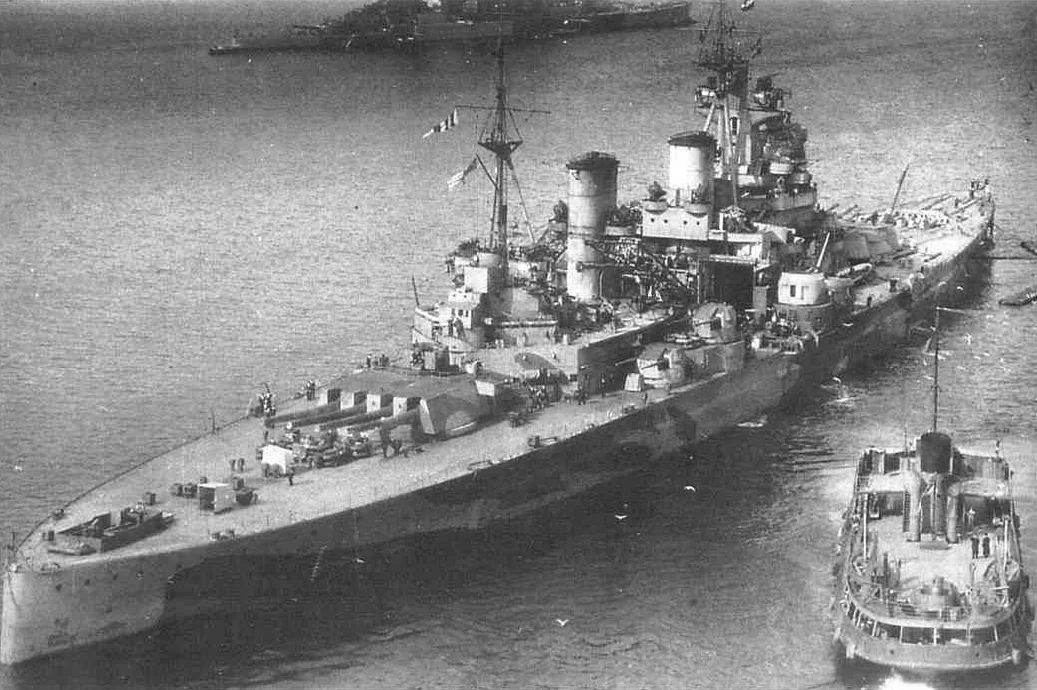
HMS Repulse (34)
HMS Repulse was a Renown-class battlecruiser, launched in 1916 during World War I and later modernized in the interwar period. Known for her speed and maneuverability, the Repulse had lighter armor compared to contemporary battleships but compensated with impressive speed, making her one of the fastest capital ships of her time.
During World War II, the Repulse was part of the Royal Navy’s efforts to project power across the globe. By 1941, she was assigned to the Eastern Fleet, joining forces with the HMS Prince of Wales to form a crucial component of British naval strength in the Pacific.
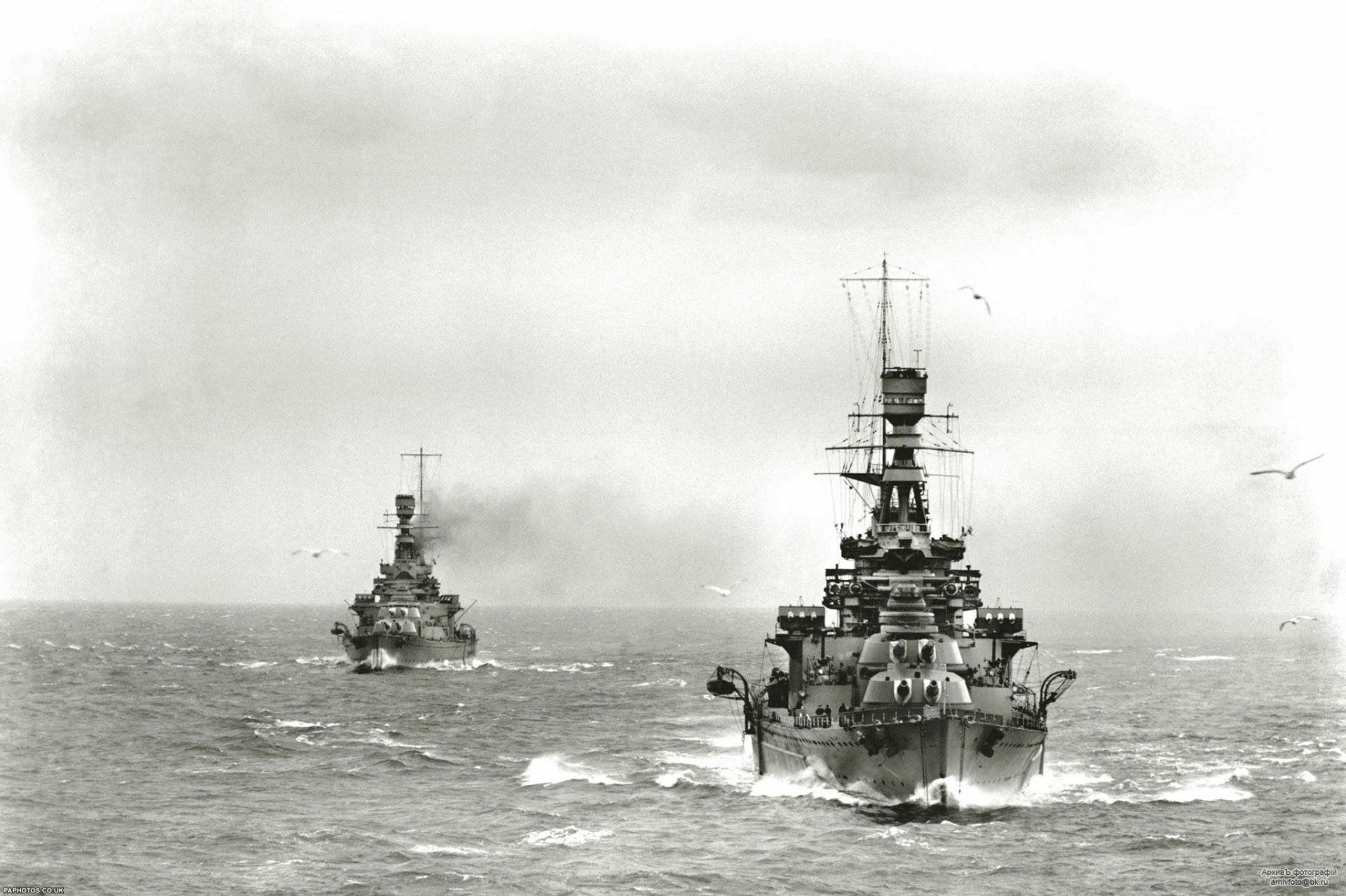
The Tragic End: Sinking of Force Z
The most notable moment in the history of HMS Prince of Wales and HMS Repulse came in December 1941, when they were part of “Force Z,” a fleet tasked with defending British interests in Southeast Asia. Commanded by Admiral Sir Tom Phillips, the force aimed to deter Japanese aggression in the region.
On December 10, 1941, both ships encountered a massive Japanese aerial assault off the coast of Malaya. Without adequate air cover, the two ships were vulnerable to the waves of bombers and torpedo planes that attacked them. Despite valiant defensive maneuvers and efforts to repel the attackers, HMS Repulse was hit multiple times by torpedoes and sank quickly. Shortly after, the HMS Prince of Wales also succumbed to the relentless assault, taking severe damage and eventually sinking.
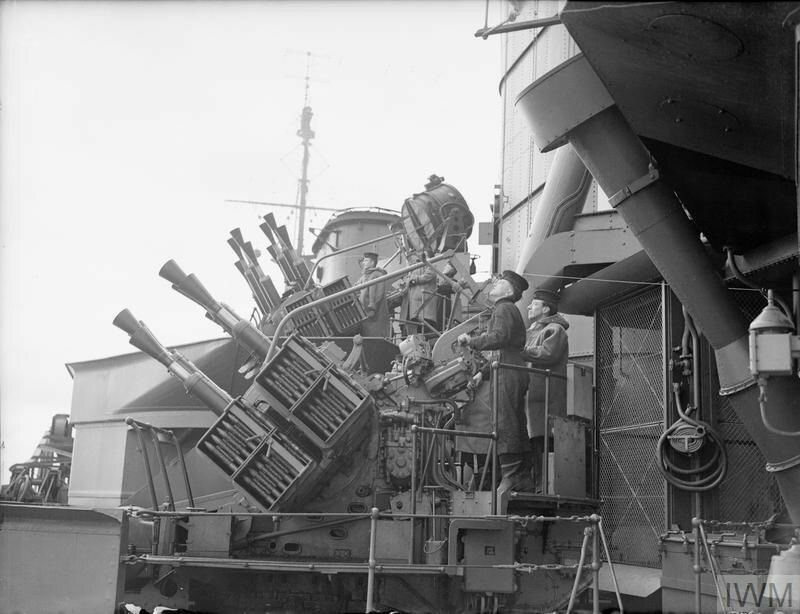
The loss of these two powerful warships was a significant blow to the British Royal Navy and marked a turning point in naval warfare, highlighting the importance of air power in naval operations. The tragedy also underscored the vulnerability of even the most advanced ships when lacking adequate air support.
Legacy
The sinking of HMS Prince of Wales and HMS Repulse had far-reaching implications for naval strategy and the conduct of the war in the Pacific. It signaled the end of the era of battleship dominance and underscored the need for integrated air support in maritime operations. Today, the wrecks of these two ships serve as war graves and are a reminder of the sacrifices made by their crews.
Their story remains a testament to the bravery and determination of those who served on board, facing the enemy against all odds. The legacy of HMS Prince of Wales and HMS Repulse continues to be honored in naval history and serves as a powerful reminder of the evolving nature of warfare and the enduring spirit of those who serve.

